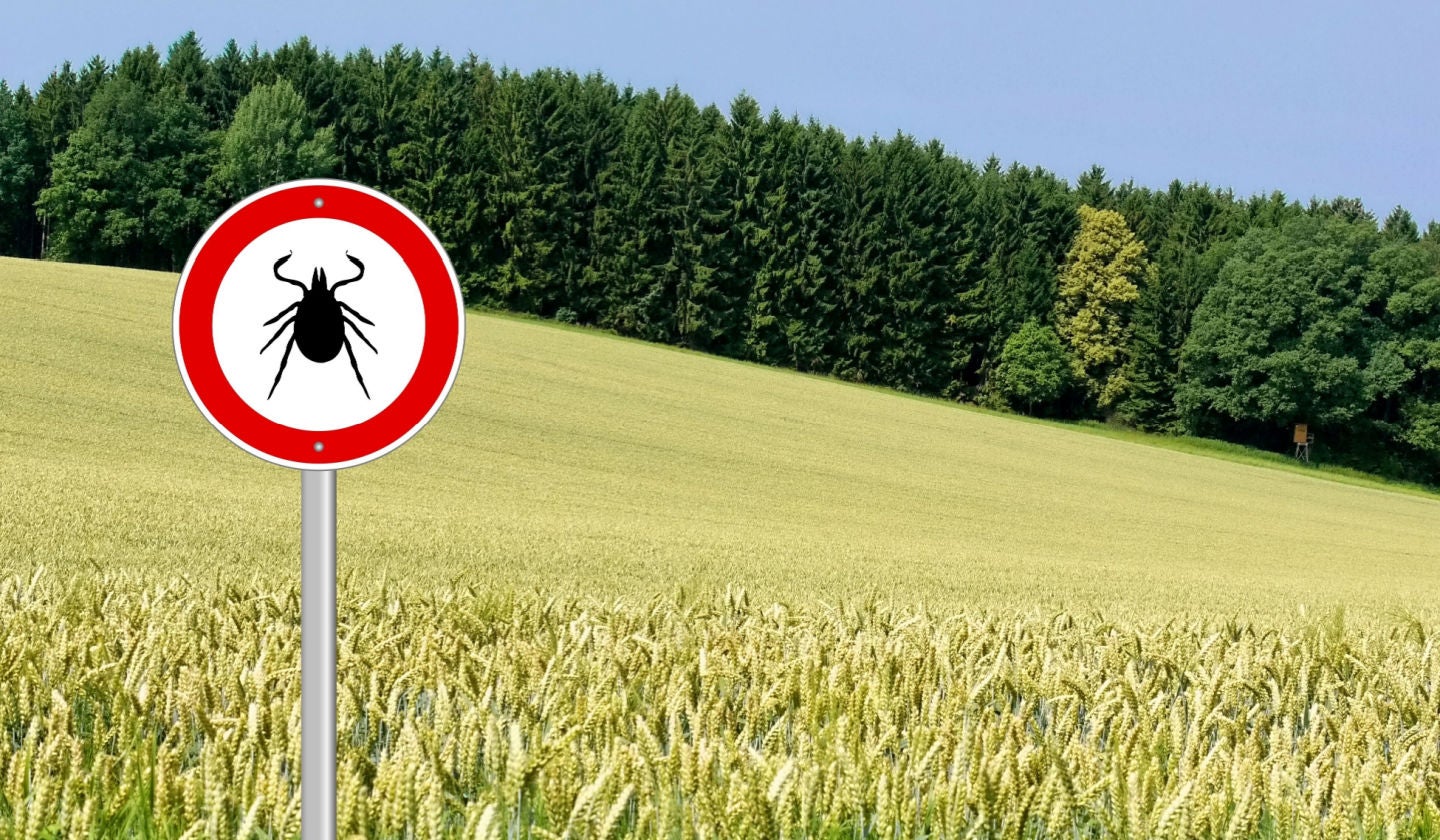Moderna has unveiled two novel mRNA vaccine candidates for Lyme disease in its development pipeline: mRNA-1982 and mRNA-1975. Lyme disease is a bacterial infection spread to humans by infected ticks which can cause a variety of symptoms, including a rash and a fever.
Moderna reports that there are approximately 120,000 cases of Lyme disease per year in Europe and the US. The company’s mRNA-1982 candidate is intended to produce antibodies against the pathogen Borrelia burgdorferi, which is responsible for the majority of Lyme disease in the US.
The mRNA-1975 candidate is expected to result in the production of antibodies against the four major Borrelia species that cause Lyme disease in both the US and Europe.
Although this is the first time Moderna has used its mRNA technique to treat a bacterial condition, the company has previously used this technology for its Covid-19 vaccine, Spikevax. Spikevax achieved exceptional commercial success in 2022, with sales of approximately $18.5 billion. However, due to dwindling demand for Covid-19 vaccines and increased competition, GlobalData expects Spikevax’s sales to fall to around $5.4 billion in 2023. Moderna is now turning its attention to using its mRNA technology to treat a bacterial infection.
There are no vaccines currently being marketed for Lyme disease. SmithKline Beecham’s OspA-based Lymerix, which targeted a single serotype found mainly in the US, was authorised in this market in 1998. However, it was taken off the market in 2002 due to a lack of consumer interest.
See Also:
There is now a greater demand for Lyme disease vaccines. This is due to the rise in infections in the US and Europe, arising from factors such as climate change. Between 1991 and 2018, the number of reported cases of the disease in the US has doubled per 100,000 people, from 3.74 to 7.21, according to the Center for Disease Control. The mean annual incidence of Lyme disease in the UK peaked at 2.77 cases per 100,000 people in 2018, according to statistics from laboratory reports on the UK government website.
How well do you really know your competitors?
Access the most comprehensive Company Profiles on the market, powered by GlobalData. Save hours of research. Gain competitive edge.

Thank you!
Your download email will arrive shortly
Not ready to buy yet? Download a free sample
We are confident about the unique quality of our Company Profiles. However, we want you to make the most beneficial decision for your business, so we offer a free sample that you can download by submitting the below form
By GlobalDataAccording to GlobalData’s pipeline product database, there are already eight other vaccines in active development for Lyme disease. One of these is VLA-15, in clinical development by Valneva in partnership with Pfizer. The Phase III development stage began on 8 August 2022 and the candidate appears promising from the Phase II results.
When a booster was given, VLA15-202 demonstrated a successful 100% seroconversion outcome in one Phase II trial. Another Phase II trial revealed there were no serious adverse events associated with the vaccine, and children had stronger immunogenicity than adults. VLA-15’s multivalent design targets six different serotypes of Borrelia, which are the most common strains found in the US and Europe.
VLA-15’s promising clinical data indicate that it is likely to be the first Lyme disease vaccine to reach the market since the withdrawal of Lymerix. Moderna’s recent interest in the condition raises the prospect of additional prophylactic options over the longer term.








Related Company Profiles
Pfizer Inc
Moderna Inc
Valneva SE